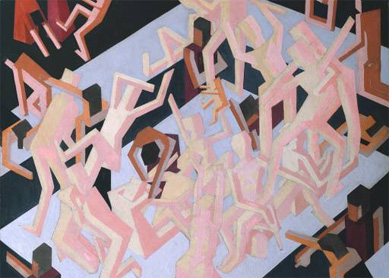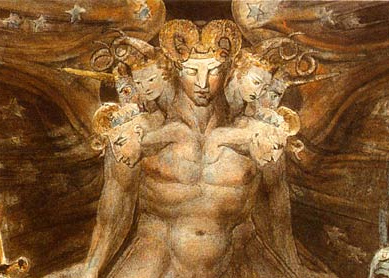Beginning with the first creature’s God-induced “deep sleep” (
According to anthropologist Vincent Crapanzano, human beings are capable of more than 35 different states of consciousness (or levels of awareness). These include road trance (arriving at a destination but not recalling how one drove to get there), daydreaming, dreams, nightmares, ecstasy, hallucinations, visions, sky journeys, and many others. Erika Bourguignon’s analysis of 488 societies in the Human Area Relationship Files (at Yale University) concluded that 90% routinely experienced ASCs. In general, anthropologists recognize that ASCs are a panhuman experience.
Harvard psychiatrist and anthropologist Arthur Kleinman finds that people who don’t experience alternate states—chiefly in the West—actually block them. He explains that such persons do not allow total absorption into lived experience, which is the very essence of ASCs. Plunging into the fullness of human experience unrestrained requires a surrender of control, and people in Western cultures generally refuse to do this. Contrary to that tendency, a neuroscientist, Eben Alexander, recently described his journey to the sky during a severe illness.
Biblical scholars skeptical of ASCs tend to take refuge in literary form: they consider biblical reports of trance imagined rather than truthful. Presumably those who originally heard the reports considered them plausible, not the ancient equivalent of science fiction. Moreover, their consistent literary form indicates that there was a common language used to describe the telltale signs of a trance or ASC experience.
Acts of the Apostles reports more than twenty ASC experiences, nearly one in every chapter. One clue is the Greek word translated “gaze” or “stare,” which occurs 10 times in Acts and is often a signal that a person has entered an alternate state of consciousness (
Enoch, one of the ten antediluvian patriarchs, “walked with God; and he was not, for God took him” (
The social sciences help us understand and interpret these biblical peak experiences (ASCs, sky journeys, and the like), whether factual or imagined. Though culturally specific in content, these are panhuman experiences available to all human beings.
Bibliography
- Pilch, John J. Flights of the Soul: Visions, Heavenly Journeys, and Peak Experiences in the Biblical World. Grand Rapids, MI: Eerdmans, 2011.
- Alexander, Eben. Proof of Heaven: A Neurosurgeon’s Journey into the Afterlife. New York: Simon & Schuster, 2012.
- Newberg, Andrew, Eugene D’Aquili, and Vice Rause. Why God Won’t Go Away: Brain Science and the Biology of Belief. New York: Ballantine Books, 2002.




